
Vegetation health analysis reinforces ideas of needed moisture as late summer approaches

Vegetation health analysis reinforces ideas of needed moisture as late summer approaches
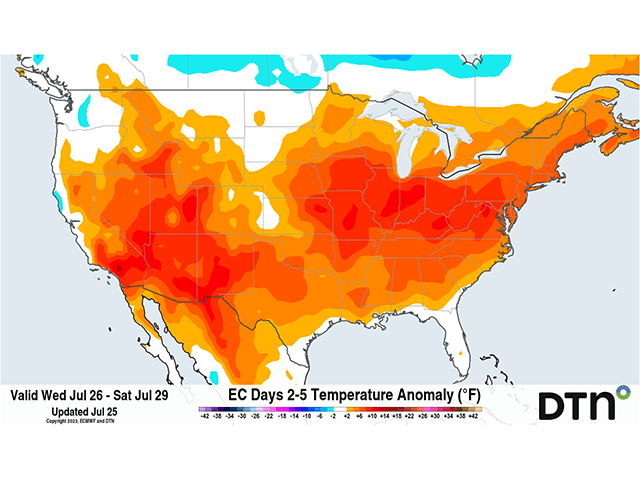
Stress from even a short period of hot days and very warm nights can reduce corn yields.
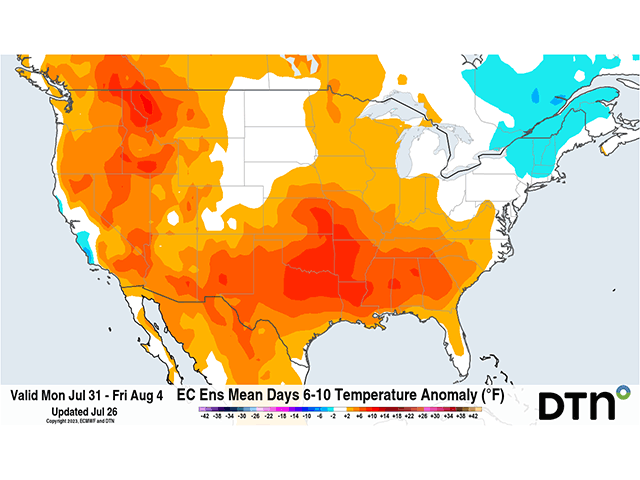
Hot weather that engulfed the U.S. this week will get some relief across the north. Southern and western areas will see the heat continue next week.
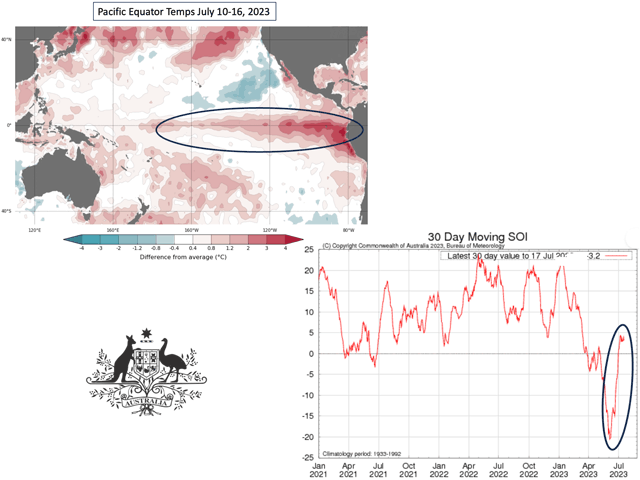
Neutral Pacific Ocean SOI readings point to jet stream tracks which hint at La Nina more than El Nino, unfavorable for U.S. row crops.
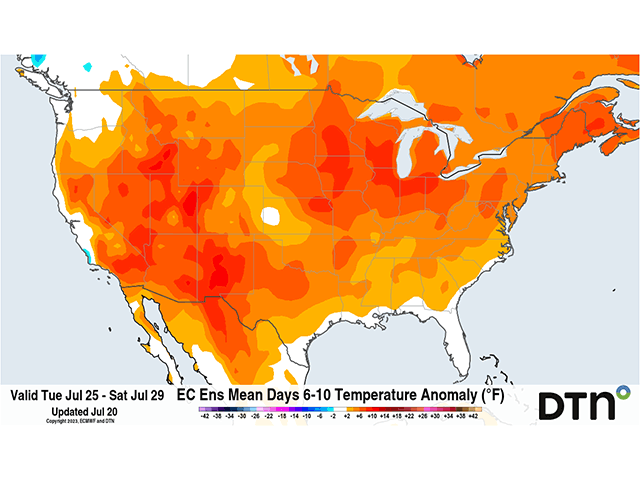
A heat dome will spread above-normal temperatures into much of the U.S. next week. Heat stress will be coming at an inopportune time for pollinating and filling corn as well as filling soybeans. There is some potential for rainfall across some areas, but an overall hotter and drier...
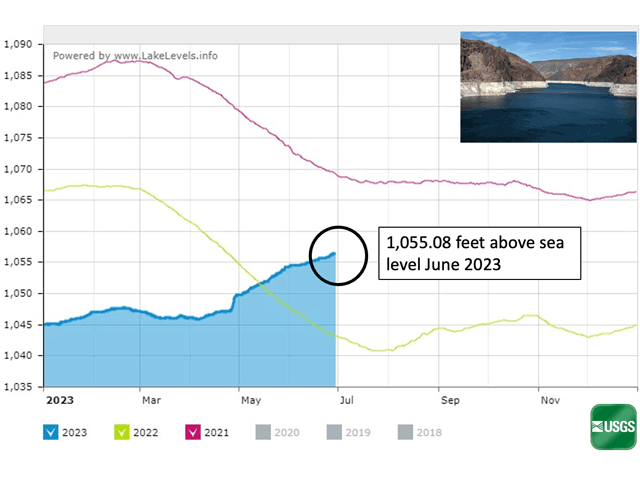
Snowmelt water has allowed Colorado River reservoirs to fill well above the very low levels of 2022.
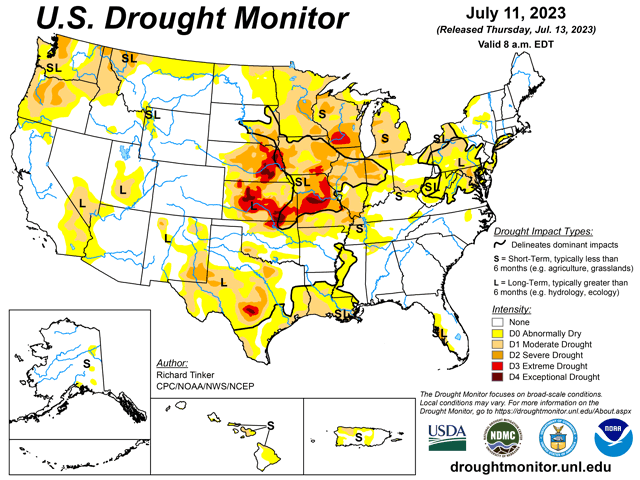
It's a popular topic when drought becomes entrenched, but it's not always an easy answer.
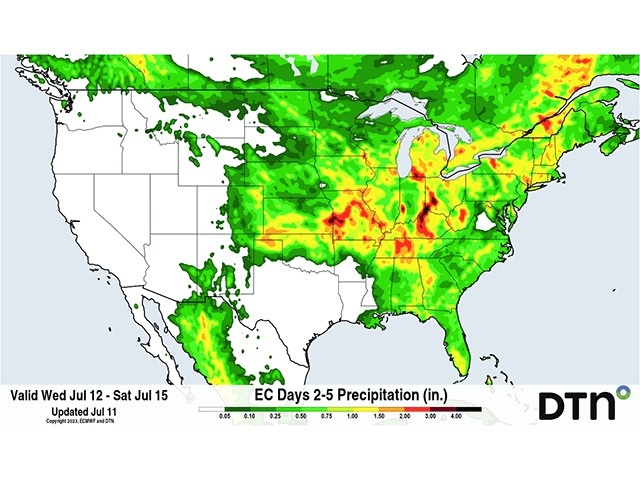
Frontal boundaries will spark scattered showers and thunderstorms across the Corn Belt through the second half of this week. These rain showers and thunderstorms could bring much-needed rainfall to corn and soybeans standing in soil that is short on moisture.

Heavy rainfall for parts of the Corn Belt improved soil moisture in some areas, but those that missed the rain saw their soil moisture decline. Even so, little moisture storage below the topsoil layer is tempering the rainfall forecasts as crops approach reproductive stages.

The U.S. is now on a three-year run of damaging June upper-air heat domes thanks to the Texas dome of 2023.
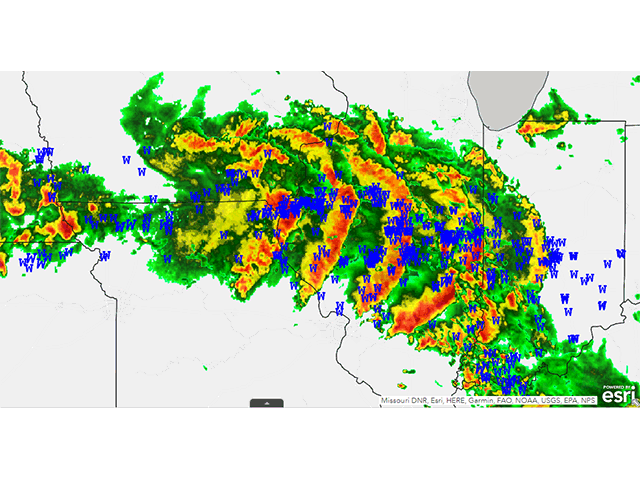
A derecho brought widespread wind damage and hurricane-force winds to Illinois and surrounding areas along the Iowa-Missouri border and into southern Indiana on June 29.
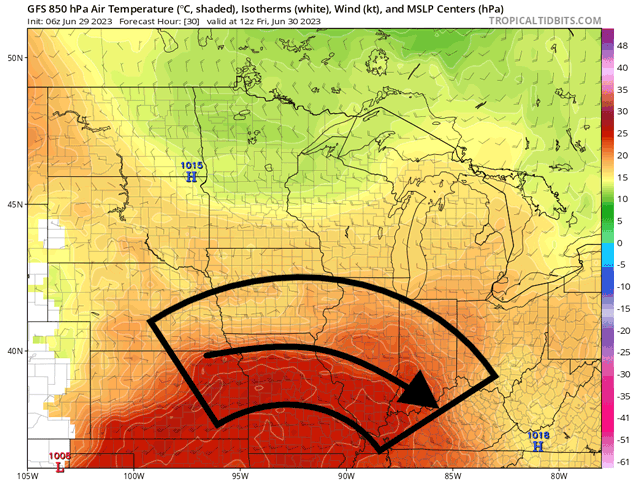
Though heavy rain will be welcomed in the southern Corn Belt through this weekend, it comes with the risk of significant severe weather the next few days, including potential derechos, damaging winds, large hail, and perhaps a few tornadoes as well.
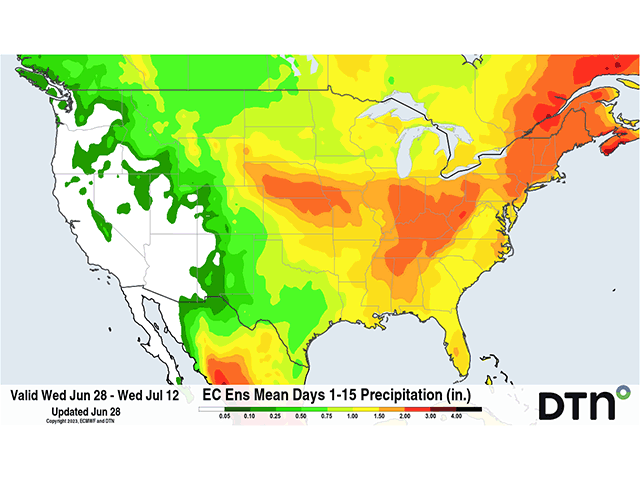
Models are coming to an agreement that the southern end of the Corn Belt is due for some heavier rainfall over the next two weeks. But will it verify? And is it too late?
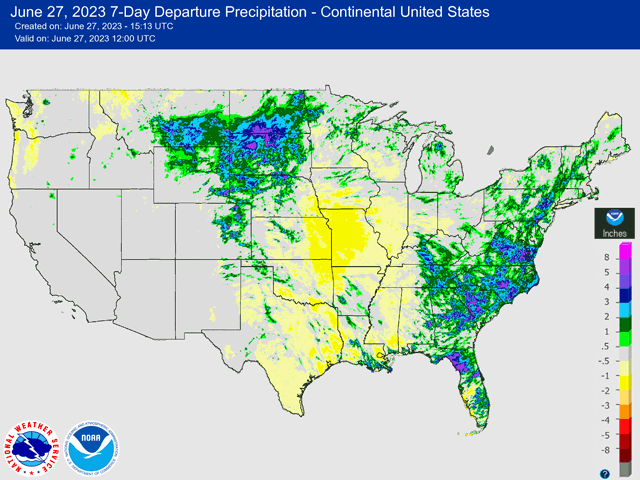
Accounting for the rain that moved through the country over the last week will go a long way in determining how the U.S. Drought Monitor will look Thursday. We examine some areas that are likely to improve and others that are likely to degrade.
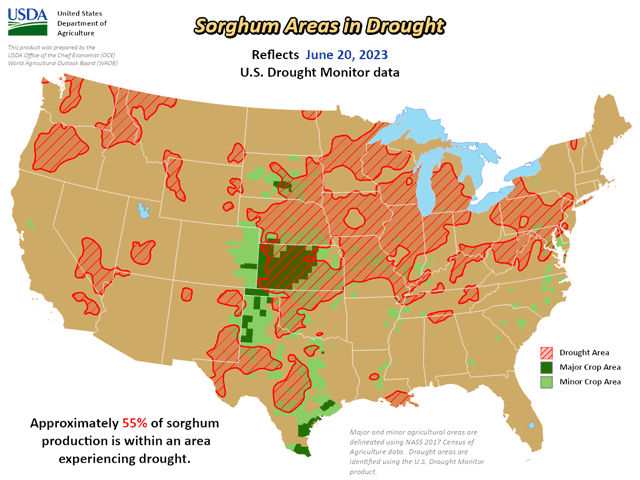
Sorghum production has a good chance of rebounding, even with drought lingering in the top production state of Kansas.
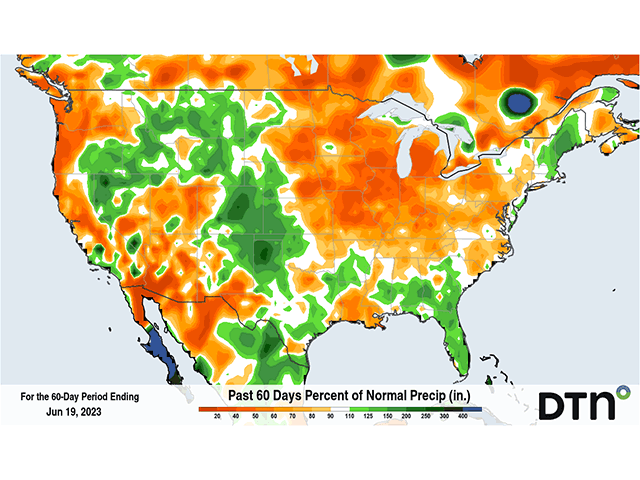
The development of El Nino conditions in the Pacific Ocean made many areas optimistic about the weather during the spring and summer of 2023, but that has not been the case for many. Will this pattern change for the better, and will it be quick enough to save this year's...
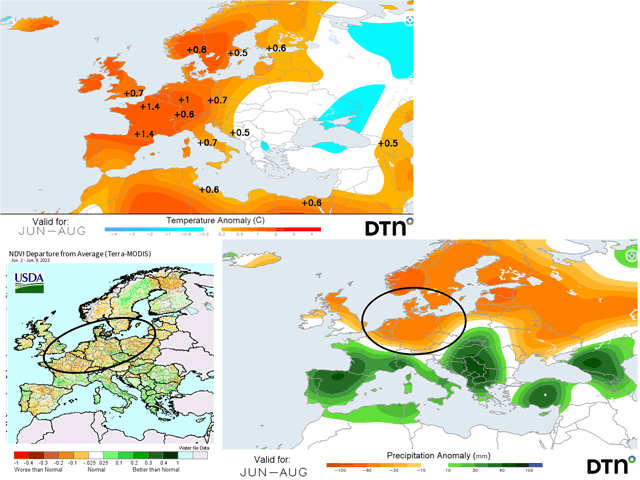
Blocking high pressure over northern Europe dried out the late spring and may influence most of the summer pattern as well.

Drought continued to expand across much of the Corn Belt in the last week, despite some rain that moved through. Concerns about crop conditions continue to mount, but not all hope is lost. The weather pattern does point to several periods of rain for the region, but with...
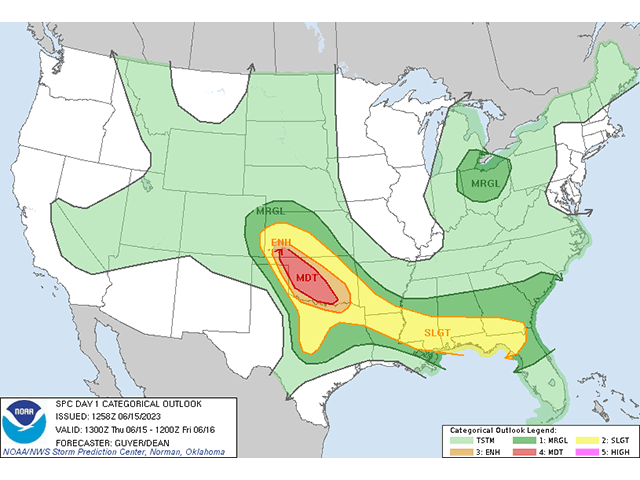
Another day of severe weather is expected across the southern tier of the U.S. Different from yesterday, the threat is greatest in the Southern Plains, where the word derecho is being used to promote a potential line of damaging winds this afternoon and evening.
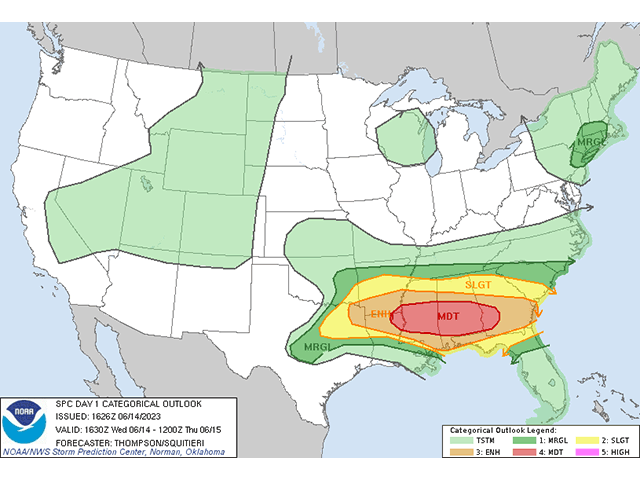
Strong thunderstorm clusters may develop into a derecho this afternoon and evening.
DIM[2x3] LBL[blogs-ag-weather-forum-list] SEL[[data-native-ad-target=articleList]] IDX[2] TMPL[news] T[]
DIM[2x3] LBL[blogs-ag-weather-forum-list-2] SEL[[data-native-ad-target=articleList]] IDX[5] TMPL[news] T[]